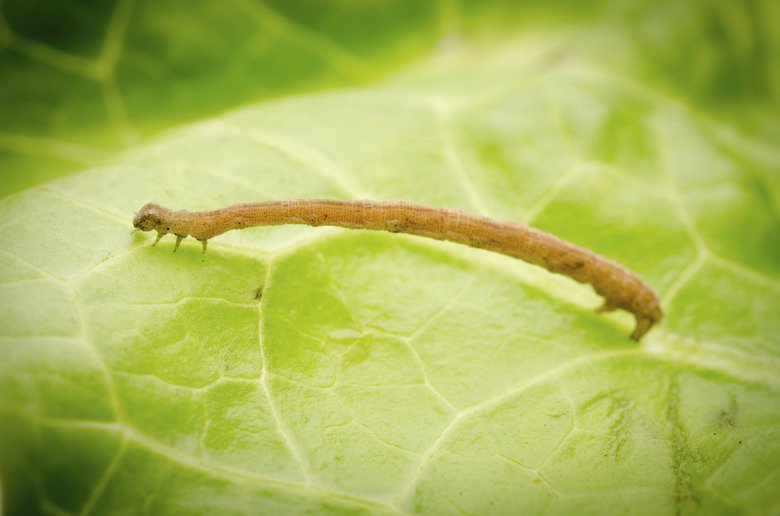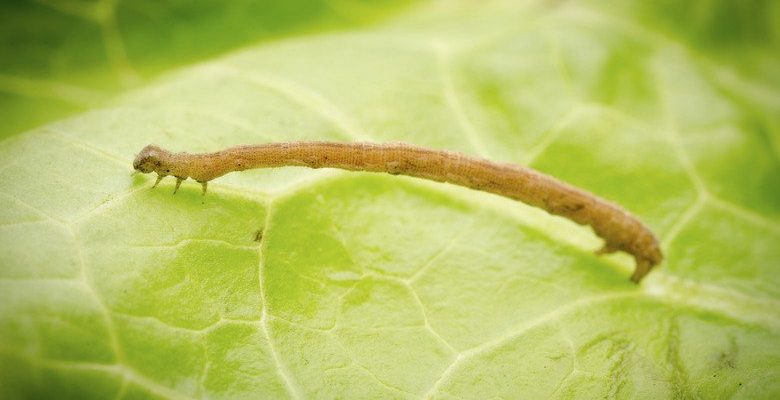
Now, let’s dive into how and why inchworms have such specific seasonal behaviors. It’s like peeling back the layers of an onion—there’s much more than meets the eye! Understanding these patterns not only enriches our appreciation for nature but also helps us recognize changes in the ecosystem around us.
What Are Inchworms?
Inchworms are the larvae of moths in the Geometridae family. You might be surprised to learn that their name comes from the way they move, which looks like they’re measuring the ground as they go. They crawl in a unique looping motion, which gives them that “inching” appearance.
These caterpillars can vary in color from vibrant greens to browns and even shades of yellow. Each species has its own distinct look, blending in with leaves and branches to evade predators. They can be found in many habitats, including forests, gardens, and grasslands, making them a common sight in spring and summer.
But here’s the thing: not all inchworms emerge at the same time or for the same reasons. Their behaviors are influenced by various factors, such as temperature, humidity, and food availability.
Seasonal Emergence Explained
Inchworm emergence typically aligns with the arrival of spring. As the weather warms up, they wake up from their winter slumber, often hidden beneath leaves or in the soil. This phase is crucial for their survival, as their first task is to find enough food to grow and develop into adult moths.
When temperatures rise above a certain threshold—usually around 50°F (10°C)—these critters start to become active. This usually happens in late March or early April, depending on your location. Different species may have different seasonal patterns, but the general trend remains the same across the board.
You might find it interesting that inchworms can also be sensitive to day length. As the days grow longer, it triggers biological changes within them, pushing them to emerge and start feeding. It’s nature’s way of ensuring they time their emergence for the best chance of survival.
Factors Influencing Inchworm Emergence
Several factors can influence when and how inchworms decide to come out of hiding. The most significant ones include temperature, food sources, and moisture.
Temperature is probably one of the most straightforward influences. When the air warms up, it signals to inchworms that it’s time to start munching on leaves. If it’s still too cold outside, they might stay tucked away until conditions are just right.
Food availability plays a crucial role as well. Inchworms rely on leaves for sustenance, so when young tender shoots start to sprout, it’s like calling all inchworms to a buffet. If the food is scarce, they may delay their emergence, which could impact their growth and development.
Moisture is another factor that can’t be overlooked. Inchworms thrive in humid environments. Adequate moisture in the air helps them stay hydrated and supports the growth of their food sources.
How Weather Patterns Affect Inchworms
Weather patterns, especially unusual ones, can significantly affect inchworm emergence. For example, a mild winter might lead to an earlier-than-usual emergence come spring. Conversely, a late frost could spell trouble and delay their arrival, making them vulnerable if they emerge too early without enough food.
You might have heard about climate change impacting various ecosystems, and inchworms are no exception. Warmer temperatures can lead to mismatches in timing. If inchworms emerge before their food sources are ready, it might create a ripple effect that impacts their population and the wider ecosystem.
Even rain can play a part. Heavy rainfall might wash away newly emerged inchworms or damage the plants they rely on. Nature is a delicate balance, and every factor, from sunny days to thunderstorms, plays its part in the inchworm’s life cycle.
Why Understanding Inchworm Patterns Matters
So, why should we care about inchworm emergence patterns? Well, understanding these can help us get a better grasp of our environment and the ecological balance.
For gardeners and farmers, knowing when inchworms will appear can inform pest control strategies. Since they can be notorious for munching on plants, predicting their emergence can help protect crops and gardens.
Moreover, by keeping an eye on these patterns, we can gain insights into climate changes. If inchworm behaviors start shifting significantly year after year, it might signal larger trends in the ecosystem. It’s a way for us to witness the effects of climate on nature at a more granular level.
Comparing Inchworms to Other Caterpillars
You might be wondering how inchworms stack up against other caterpillars. They can be quite different in terms of behavior and lifecycle. For instance, many caterpillars, like the monarch caterpillar, have a more predictable emergence based on specific host plants.
In contrast, inchworms may not be as picky and tend to feed on a wider variety of leaves. Some can even adjust their diet based on what’s available. However, this adaptability can make them tricky for gardeners to manage since they might target various plants.
Additionally, while many caterpillars have specific pupation strategies, inchworms often go through a much simpler transformation process before emerging as moths. Understanding these differences not only makes for fascinating reading but also emphasizes the complexity of our ecosystem.
Embracing the Magic of Nature
The appearance of inchworms signals more than just a seasonal change; it represents a blossoming cycle of life. Observing these little creatures can be a joyful reminder to appreciate the intricate web of nature around us.
Next time you spot an inchworm inching along a branch, take a moment to ponder the journey it took to emerge in the spring. It’s nature’s way of showcasing resilience and adaptability against all odds.
Whether you’re a curious observer or an aspiring entomologist, paying attention to inchworm emergence patterns can cultivate a deeper connection to our natural world. So, let’s celebrate this remarkable phenomenon and remain awed by the wonders of nature!

